Origins of the Project
The Karnak Hypostyle Hall Project of the University of Memphis, William J. Murnane, Founding Director (1945-2000)
Although the University of Memphis' mission to Karnak only began in 1990, the roots of the Project go back decades earlier. From the early 1970s until his untimely death in 2000, Dr. William J. Murnane was the driving force behind the recording and study of the Great Hypostyle Hall. We dedicate this site and our ongoing work to our beloved colleague.
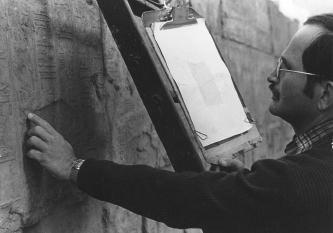 |
|
Dr. William J. Murnane (1945-2000) |
Karnak temple's Great Hypostyle Hall has long captured the imagination of American Egyptologists, particularly those associated with the University of Chicago's Oriental Institute. In the 1930s, Keith C. Seele's groundbreaking study of the wall reliefs in this colossal edifice was the first major investigation of the Hall's decorative reliefs and inscriptions and what these could tell Egyptologists about the history of the early Nineteenth Dynasty.
In the 1970s, the Epigraphic Survey or "Chicago House" as it is better known, copied the war scenes of Seti I on the north exterior wall.
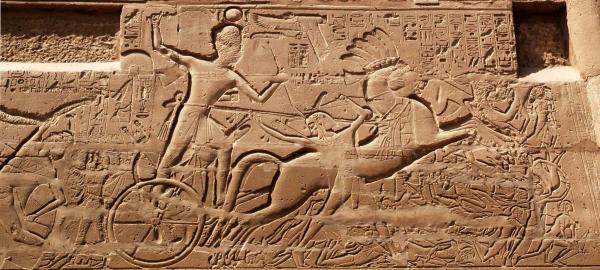 |
|
The war scenes of Seti I were copied by the Epigraphic Survey of the |
The "prehistory" of the University of Memphis' Karnak Hypostyle Hall Project stems from another Chicago scholar, Harold H. Nelson. His involvement with this grand edifice during his tenure as Director of the Oriental Institute's Epigraphic Survey at Luxor, better known as "Chicago House."
Alone, and in his spare time, he made drawings of all the wall reliefs inside the Hall. Some of these appeared in an important article on Theban temple reliefs, but the lion's share of these drawings remained unpublished and unedited at his death in 1954.
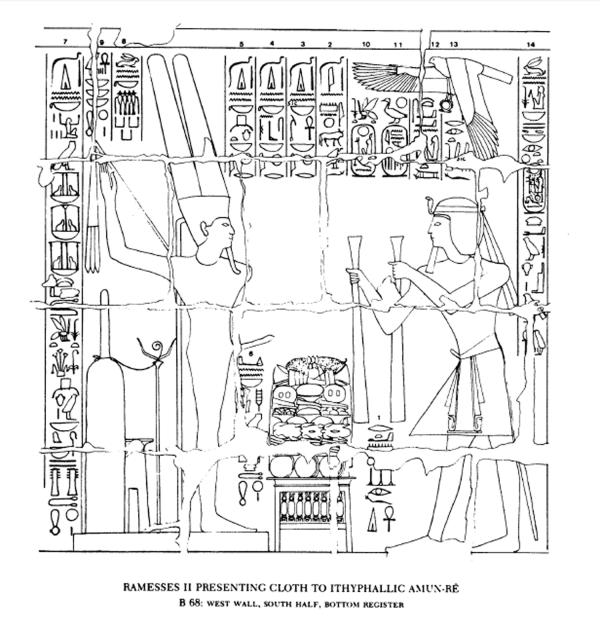 |
|
Ramesses II offering to Amen-Re. Harold Nelson's drawing |
It fell to William J. Murnane, longtime epigraphist on staff at Chicago House, to edit Nelson's drawings for their publication in 1981. Murnane was the logical choice for this project because it was directly related to his own research interest in the Hypostyle Hall in connection with his doctoral work on Egyptian royal coregencies, particularly that of Seti I and Ramesses II.
The Karnak Hypostyle Hall was one of the most important focuses of study. Murnane was also Chicago House's senior epigraphist when the Epigraphic Survey's "official" work on the Hypostyle Hall began by recording of the war scenes of Seti I on the north exterior wall.
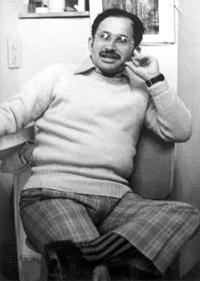 |
|
The late William J. Murnane from his Chicago House days |
Despite universal gratitude among Egyptologists for Nelson's handy volume, his drawings are not facsimiles, but mere hand copies of limited epigraphic value. When the Epigraphic Survey's results were published in 1985, the battle reliefs of Seti I were almost the only reliefs in the Hypostyle Hall published in a definitive, scientific fashion.
Since then, Vincent Rondot's exhaustive publication of the inscriptions on the architraves has appeared. Otherwise, publication of material from the Hypostyle Hall has been spotty at best; never comprehensive or definitive.
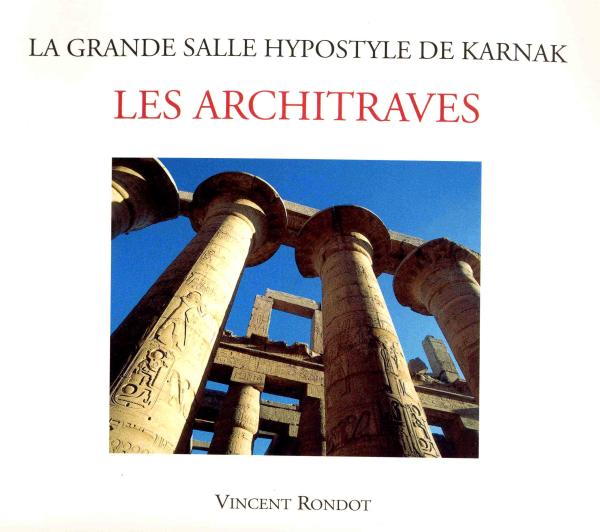 |
|
Vincent Rondot's publication of the architraves from the Hypostyle Hall. |

